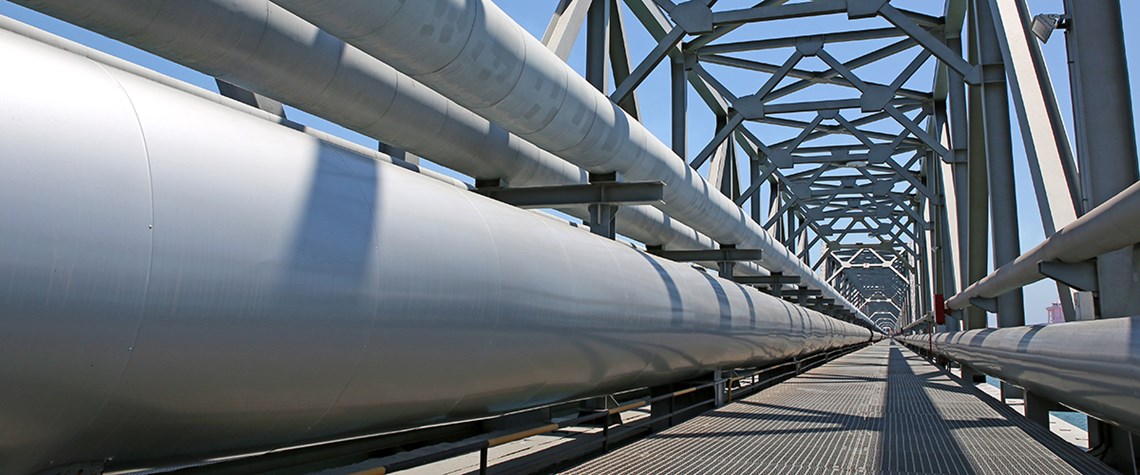Russia's turf wars
Even as the country's gas sector thrives, its major companies face political battles at home and abroad
The future of Russian gas in 2018, and in particular the prospects for exports to Europe, will be influenced by a number of contrasting factors that suggest a complex outlook for gas giant Gazprom. The foundation on which the company will be building is solid, as its production rebounded sharply in 2017 to reach about 470bn cubic metres (from 420bn in 2016) and exports stood at a record 185bn-190bn cm (up from the previous record of 179bn in 2016). This commercial success has been based on two factors: Gazprom's willingness to adapt its pricing strategy away from oil-linked contracts; and the surprising lack of competition from liquefied natural gas, as the expected surge in supply hasn't ye

Also in this section
12 December 2025
The latest edition of our annual Outlook publication, titled 'The shape of energy to come: Creating unique pathways and managing shifting alliances', is available now
12 December 2025
The federal government is working with Alberta to improve the country’s access to Asian markets and reduce dependence on the US, but there are challenges to their plans
11 December 2025
The removal of the ban on oil and gas exploration and an overhaul of the system sends all the right messages for energy security, affordability and sustainability
10 December 2025
The economic and environmental cost of the seven-year exploration ban will be felt long after its removal







